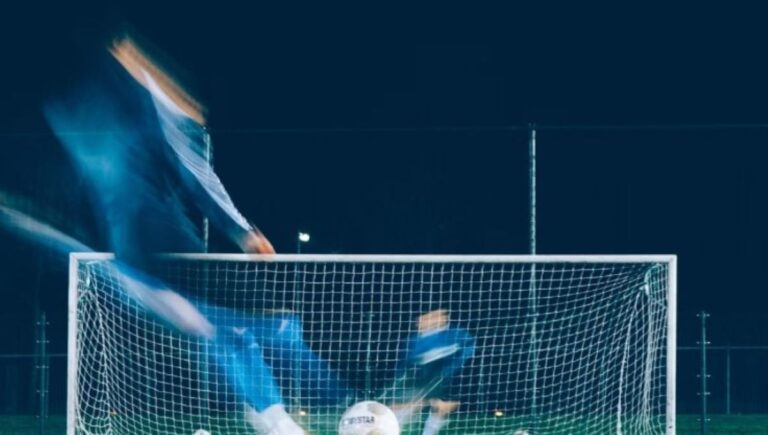The present and future of technology is clearly marked by the advent of AI. Even the world of sport is not immune to its influence: artificial intelligence taught two robots to play football, here’s how it went.
Table of Contents
Robots in the future of football
When technology meets sport, it usually does so with the aim of improving it, especially in the application of the rules. Thus, Goal Line Technology, VAR and semi-automatic offside have arrived in the world of football.
Will it stop here? Obviously not. Artificial intelligence has taught two robots to play football and now the question arises spontaneously: will they be the new idols of lovers of this sport in the future?
Probably not, or at least not immediately, but clearly the situation is already causing discussion and opens up new scenarios both in the world of entertainment and in that of professionals.
The project was published in Science Robotic, is called OP3 Soccer and is led by a group of computer engineers. DeepMind, Google’s artificial intelligence, was used to train two robots 51 centimeters tall and weighing 3.5 kg.
20 joints useful for movements, which although they appeared funny, often unsuitable, were considered by the algorithm as the most valid and effective based on the contexts.
Artificial intelligence teaches robots to play football
Of course, the unconventional methods of moving these small robots immediately aroused doubts and perplexities, but they are the result of what artificial intelligence deems most useful.
As written in the study, “an example of this is the way in which the robot turns around by pivoting on the corner of a foot, a movement that would have been very difficult to codify a priori, but which proved to be more effective of a traditional approach”.
The learning was completely innovative. No information database, the algorithms learned every technical gesture autonomously through errors and attempts, until they found the best solutions.
In a first phase, to safeguard the “health” of the automatons, learning took place virtually through some simulations. Subsequently, we moved into practice and the robots began to use balloons of sizes suited to their size.
There were certainly no shortage of difficulties, but the results were very satisfactory. The time has not yet come to see them tread a real playing field and replace real players, but they could represent a new frontier in the world of sport.
A new training method
The new robots that learn to play football thanks to artificial intelligence will not necessarily have to replace human players. In fact, if you think about their uses, it is natural to imagine a training phase with automatons as companions or opponents.
Imagining being able to replicate the characteristics of the opponents in them, for example, the training sessions could be very effective. Not only that, you can imagine creating opponents with useful characteristics for training, penalty-saving goalkeepers and assist-man companions to finish.
In short, a very intelligent way to exploit this innovation in the green rectangle could be to use it in training. Here, once again, we find ourselves imagining a future in which technology becomes a friend, and not an enemy, of people.
Read also: The first restaurant managed entirely by AI is born in California












